The voltage is a difference between the electric potentials of two conductors. Hence, to change voltage, only one of the potentials has to change (although both can).
In AC power only one of the wires (live/phase) changes it's potential, while the potential of the other one (neutral) remains constant.

In the picture above, the orange horizontal line represents the potential of the neutral line (marked as zero for convenience), while the blue curve shows the constantly changing (in relation to zero) potential of the phase line.
Since in properly constructed power network the neutral wire is maintained at a potential level close to ground potential, there is nearly no voltage between the neutral and the ground. Hence, touching neutral will not cause current to flow through human body into ground.
Live line, however has a potential that rapidly changes from highly positive relative to ground potential, to highly negative. This difference in potentials (voltage) of the conductor you're touching with your hand and the one you're standing on causes a current flowing through you and at typical outlet voltages can be very deadly.
Analog Ground is a reference to a constant potential wire, that all other signals (voltages) relate to. Is is what you name your "0" when measuring other signals. For example, in most battery-powered devices it is the wire connected directly to the negative terminal of the battery. Naming "ground" or "0" is a matter of convenience, however in outlet-powered applications the designations are often separate, since "ground" is electically connected to actual ground.
See also http://en.wikipedia.org/wiki/Ground_and_neutral

